Innovations in Siloxane Applications
The Siloxane Market is witnessing a wave of innovations that expand the applications of siloxanes across various fields. Research and development efforts are focused on enhancing the properties of siloxanes, leading to new formulations that cater to specific industry needs. For instance, the development of siloxane-based materials with improved thermal stability and chemical resistance is opening doors in the electronics and aerospace sectors. These advancements not only enhance product performance but also contribute to the overall efficiency of manufacturing processes. Furthermore, the introduction of multifunctional siloxanes is likely to revolutionize the coatings industry, providing solutions that combine water repellency, UV resistance, and anti-corrosion properties. As these innovations continue to emerge, the Siloxane Market is poised for substantial growth, driven by the increasing demand for high-performance materials.
Regulatory Support for Sustainable Practices
The Siloxane Market benefits from a growing emphasis on sustainability and environmental regulations. Governments and regulatory bodies are increasingly advocating for the use of eco-friendly materials, which has led to a shift in focus towards siloxanes that are less harmful to the environment. This regulatory support is encouraging manufacturers to adopt sustainable practices, such as the development of bio-based siloxanes and the implementation of recycling initiatives. As a result, the market is likely to see a rise in the production of siloxane products that meet stringent environmental standards. Recent statistics suggest that the demand for sustainable siloxane products is expected to grow by over 7% annually, reflecting a broader trend towards environmentally responsible manufacturing. This shift not only aligns with The Siloxane Industry favorably in a competitive landscape.
Growing Awareness of Health and Safety Standards
The Siloxane Market is increasingly influenced by the growing awareness of health and safety standards among consumers and manufacturers. As industries become more cognizant of the potential health impacts of chemical substances, there is a heightened demand for siloxane products that comply with stringent safety regulations. This trend is particularly evident in sectors such as cosmetics and personal care, where consumers are seeking products that are both effective and safe. Manufacturers are responding by reformulating products to eliminate harmful substances and incorporate safer siloxane alternatives. Recent data indicates that the demand for health-compliant siloxane products is on the rise, with projections suggesting a growth rate of approximately 6% in the coming years. This shift not only enhances consumer trust but also positions the Siloxane Market as a leader in promoting health-conscious manufacturing practices.
Increased Investment in Research and Development
Investment in research and development is a critical driver for the Siloxane Market, as companies strive to innovate and improve product offerings. The competitive landscape necessitates continuous advancements in siloxane formulations to meet the diverse needs of various industries. Increased funding for R&D initiatives is leading to the discovery of new siloxane compounds with enhanced properties, such as improved thermal stability and lower volatility. This focus on innovation is likely to result in the introduction of novel siloxane products that cater to emerging market demands. Furthermore, collaboration between academic institutions and industry players is fostering a culture of innovation, which is essential for the long-term growth of the Siloxane Market. As companies prioritize R&D, the market is expected to witness a steady influx of innovative solutions that enhance performance and sustainability.
Rising Demand in Construction and Automotive Sectors
The Siloxane Market experiences a notable surge in demand, particularly from the construction and automotive sectors. As urbanization accelerates, the need for advanced materials that offer durability and flexibility becomes paramount. Siloxanes, known for their unique properties, are increasingly utilized in sealants, adhesives, and coatings, enhancing the longevity and performance of construction materials. In the automotive sector, siloxanes contribute to the production of high-performance lubricants and sealants, which are essential for improving vehicle efficiency and longevity. Recent data indicates that the construction sector alone accounts for a significant portion of the siloxane consumption, with projections suggesting a compound annual growth rate of approximately 5% over the next few years. This trend underscores the pivotal role of siloxanes in meeting the evolving demands of these industries.
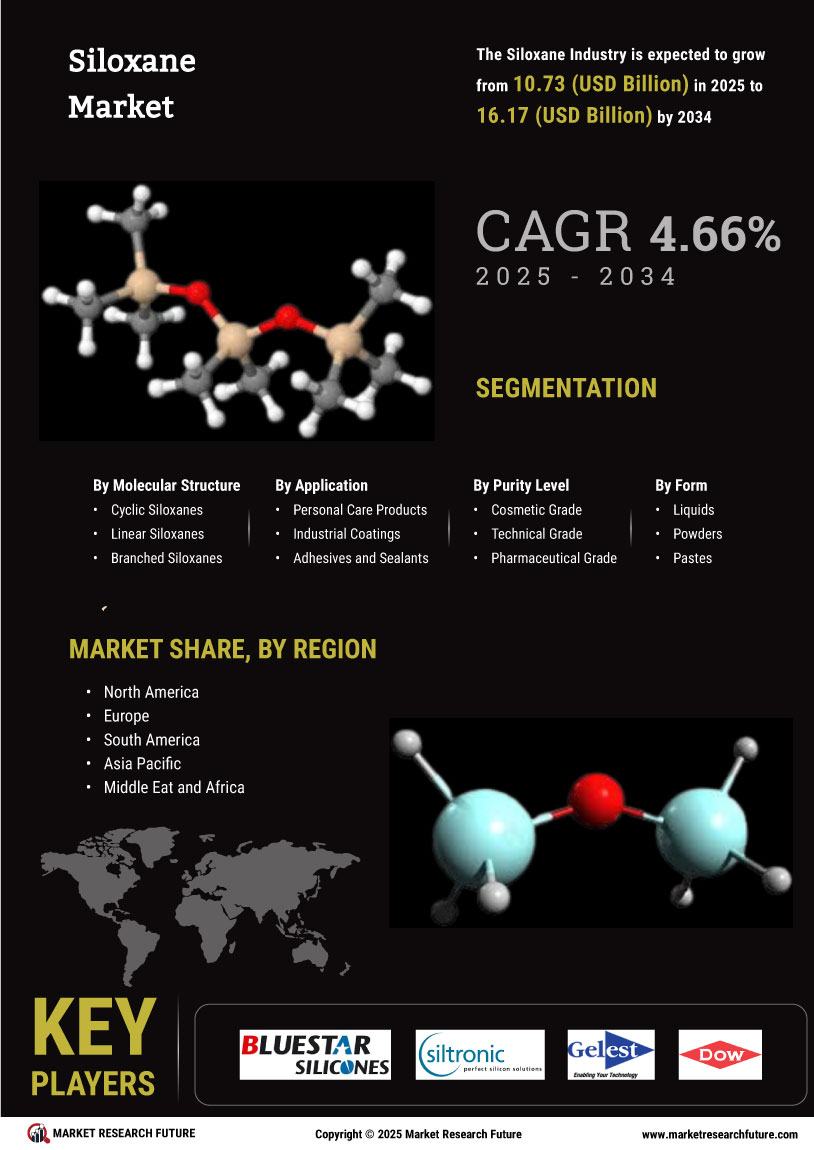

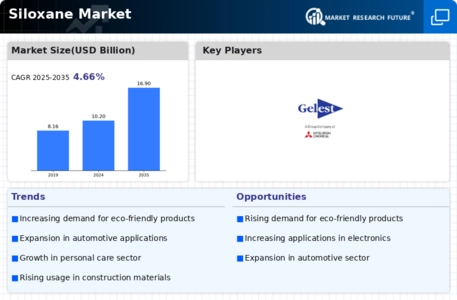
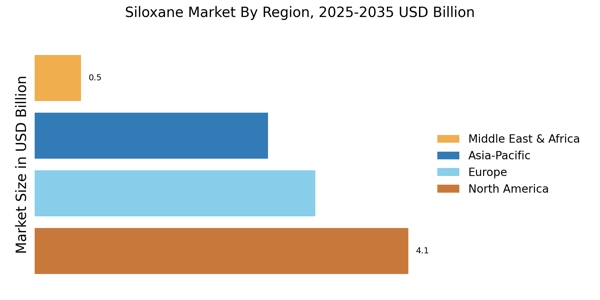
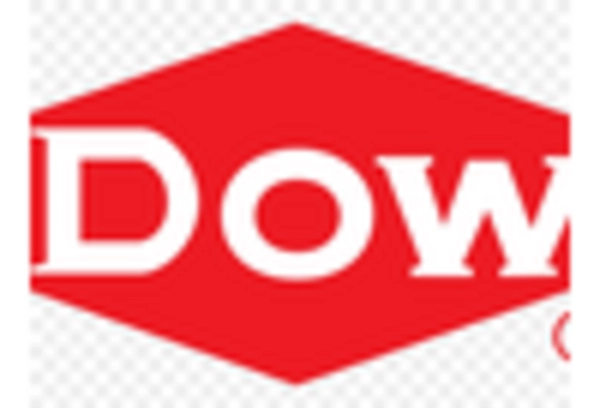

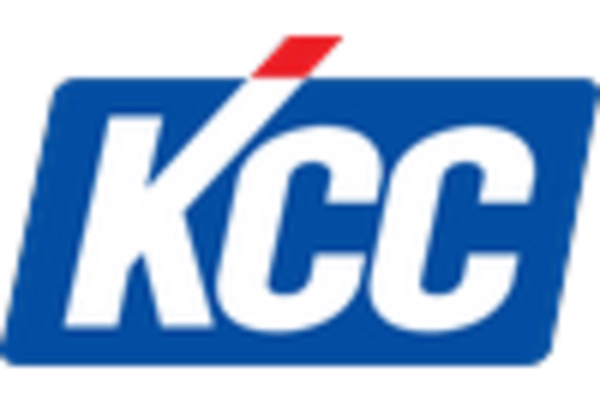
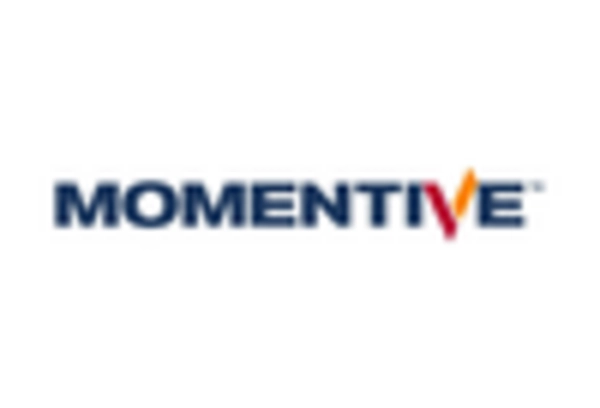
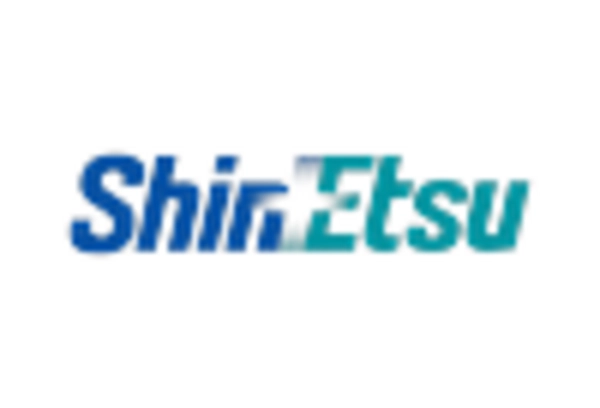
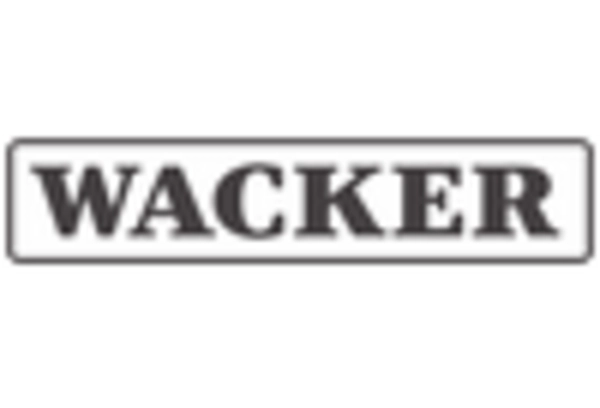








Leave a Comment